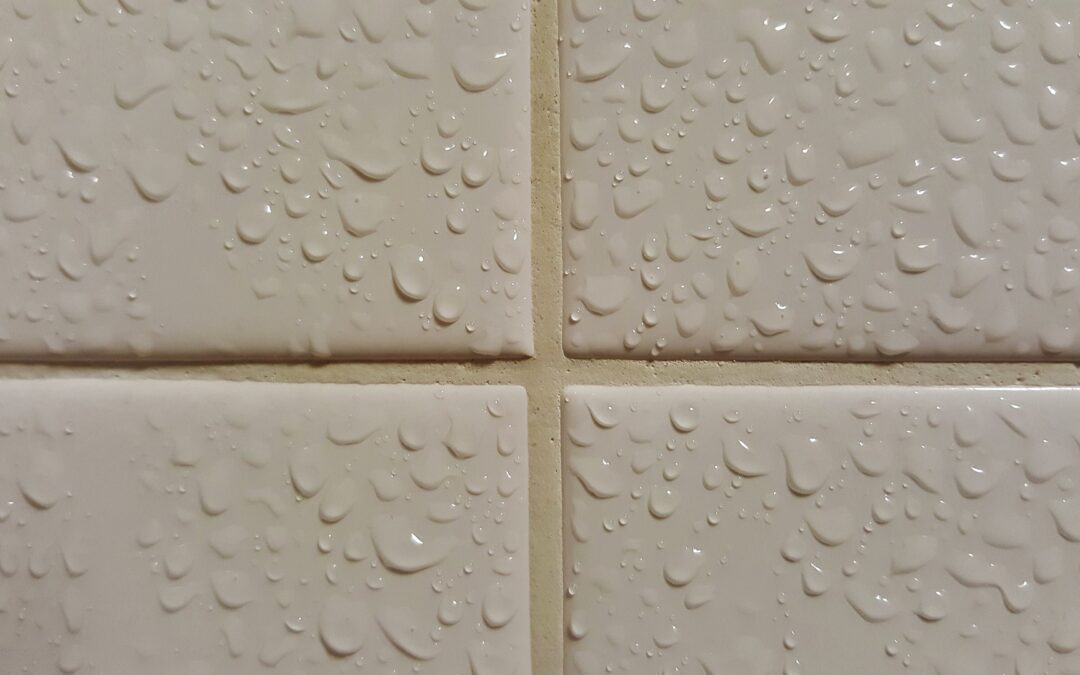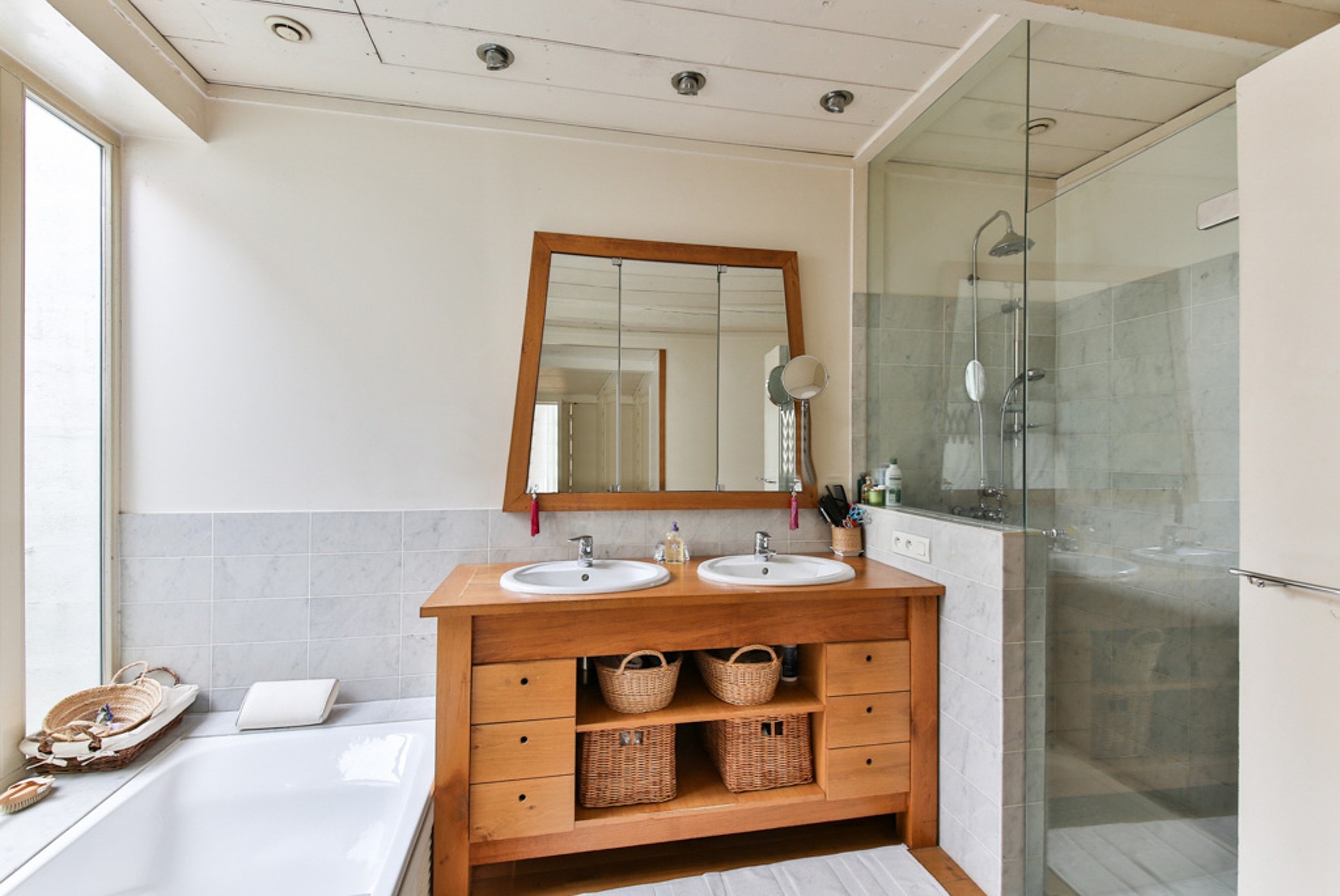Designing a bathroom has unique considerations compared to many other areas of the home. Many areas of a bathroom are liable to get damp or wet through steam or water droplets, so bathroom designs often incorporate hardier and more waterproof materials. Still, the excessive buildup of humidity within a bathroom can damage cabinets, paint, accessories, and more, and it even creates a breeding ground for mold and bacteria. When showering or using a large amount of water in your bathroom, take note of these tips to reduce the amount of humidity that is trapped within the room.
Reducing The Humidity
A direct reduction in humidity, the concentration of water vapor present in the air, is the simplest way to reduce damage to the less durable parts of your bathroom. The most effective way to accomplish this is with extensive use of your ceiling bathroom exhaust fan. Many homeowners hate the often loud and droning noise that comes with exhaust fan usage, but the results speak for themselves. Running an exhaust fan during your shower will result in a markedly reduced amount of water condensation pooling onto your windows, mirrors, and walls.
Dehumidifiers are another option, best used in conjunction with an exhaust fan to reduce the excess moisture in the air. Portable dehumidifiers are a cheap and effective way to stabilize the humidity to a level safe for wood and paint. The amount of excess water vapor in the air directly correlates with how long the shower was running. Make sure to hop in the shower soon after turning it on and minimize time spent standing and drifting off into space.
Your final option for reducing moisture buildup is cracking a door or window during your shower. This provides another alternative path for the water-saturated air to travel. Remember to close the window once you are done so that rain and precipitation do not inadvertently deposit more moisture than the shower would have.
Addressing the Moisture
Even if you run an exhaust fan and crack a window, some amount of moisture is likely to be noticeable on mirrors, walls, and surfaces. Depending on the material, this can cause severe damage. Water sitting on painted walls or wood floors will cause damage over time. Paint will begin to peel, mildew can grow in cracks and divots, and wood can warp. These can be expensive repairs if not prevented. To help decrease the chances of this happening, use paper towels or fabric to quickly wipe down the surfaces after each shower. This will remove most of the moisture and decrease the time it takes for the surfaces to dry.
If you habitually hang wet towels and clothes in the bathroom to dry, this may also contribute to a buildup of moisture. On top of this, letting old damp towels hang can lead to mildew or mold buildup. Wet items should immediately be moved to a dryer or additional hamper to allow any lingering moisture in the bathroom an easier time evaporating.
Even though bathroom designs are often very practical in nature, taking proactive steps to reduce moisture damage is highly recommended. Different materials might work better for your needs, as we discussed in our blog about quarts vs. granite countertops.
West Coast Design Build Florida designs and installs some of Sarasota’s most beautiful bathrooms. Call today for a consultation if it is time for you to renovate or remodel your bathroom.



Recent Comments